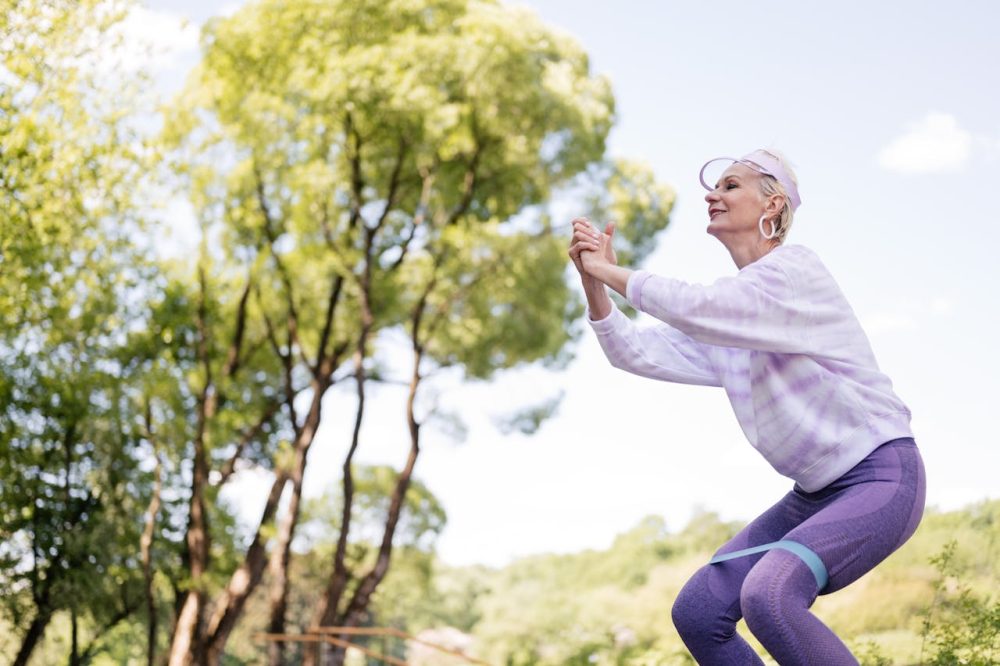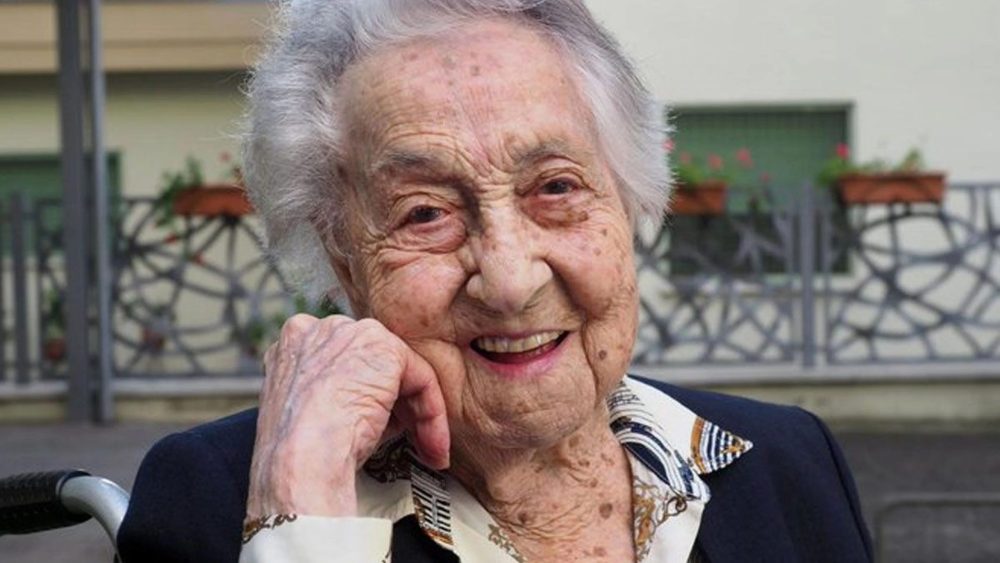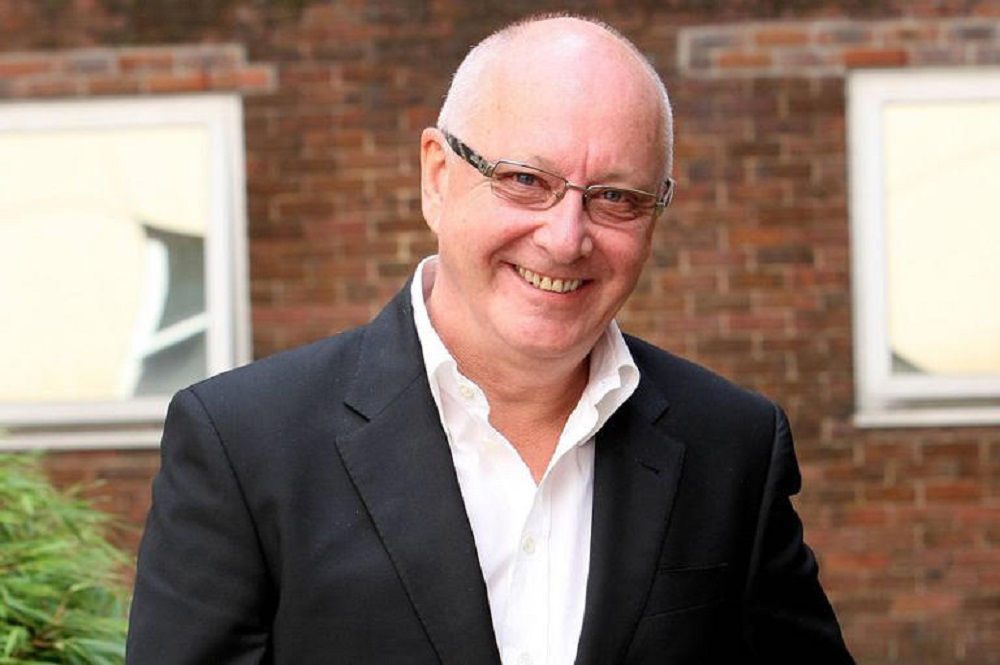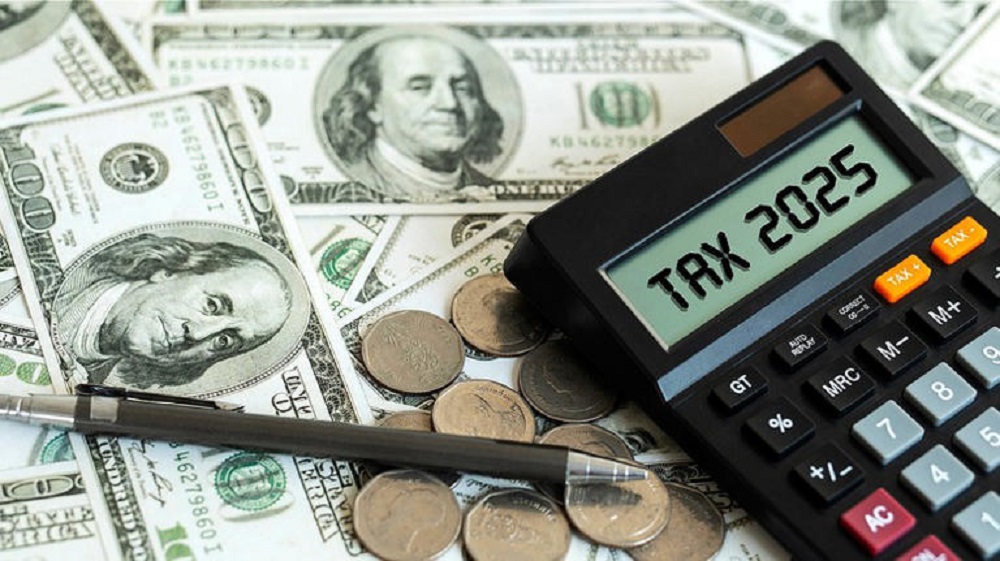Homesteading is shaking off its dusty, backwoods image and getting a 21st-century makeover, thanks to millennials. Tired of rising costs, uncertain futures, and digital burnout, this generation is planting gardens, raising chickens, and unplugging from the mainstream.
What started as a fringe movement is now a full-blown lifestyle shift.
From urban rooftops to backyard farms, millennials are reimagining what it means to live well.
What Homesteading Means Now
Forget the image of a grizzled farmer chopping wood in the middle of nowhere. Today’s homesteading looks different. It is happening in tiny apartments, suburban backyards, and small town plots. Plus, it is growing herbs in recycled containers and setting up solar panels next to raised garden beds.
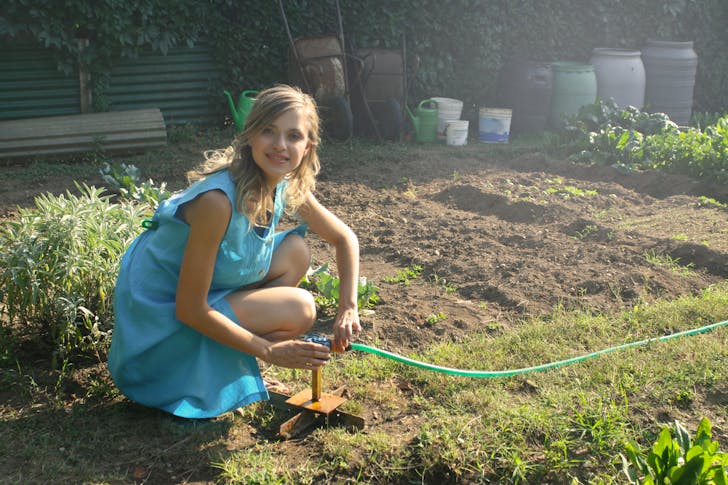
Olly / Pexels / Modern homesteading is all about independence. It means making your own food, cutting down on waste, and learning how to live with less.
For millennials, it is about building a life that is healthy, affordable, and grounded.
Millennials grew up in the shadow of financial chaos. Recession. Student debt. Rent hikes. They have seen it all. So, it is no surprise they are finding new ways to take control. Homesteading helps them stretch dollars and sidestep inflation.
Growing food cuts down on grocery bills. Preserving harvests keeps pantries full. Also, trading goods or skills with neighbors builds resilience outside the traditional economy. Homesteading makes money go further and keeps things real.
The Eco Wake-Up Call
Climate anxiety is real, and millennials are feeling it hard. So they’re choosing a lifestyle that actually does something. Homesteading lets them live their values. That means less packaging, fewer miles for food, and smarter energy use.
Composting scraps, saving rainwater, and using hand tools is empowering. They’re not just thinking about change. They are making it happen in their own backyards.
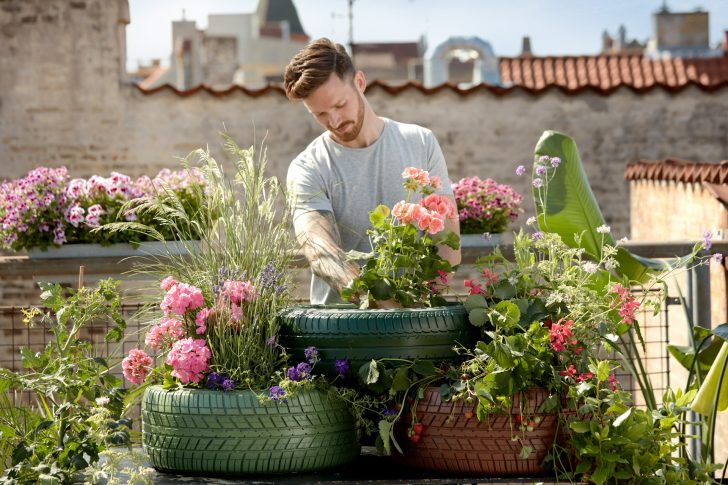
Pelar / Unsplash / Homesteading means knowing what goes into your meals. No pesticides, no chemicals you can’t pronounce, no corporate mystery boxes.
Just real, fresh food you grew or swapped with a friend. It is good for your body and your peace of mind.
Reclaiming Real Life
There is more to this than saving cash or the planet. Homesteading gives millennials something they are starving for a sense of meaning. After years of swiping, scrolling, and binge-watching, people are craving something real. Something with weight.
Chopping wood, making sourdough, planting seeds - these things feel good because they are real. They take time, effort, and care. That is a far cry from tapping “buy now” on a screen.
At the same time, homesteading doesn’t mean isolating yourself. In fact, it builds community. People swap seeds, share tools, and trade what they grow. Online forums and local workshops help spread the skills. It is old-school cooperation powered by modern connection.
City Chickens and Tech-Savvy Farmers
You don’t need a cabin in the woods to homestead. Millennials are getting creative with their spaces. In cities, they are turning balconies into gardens and rooftops into bee havens. In the suburbs, they are raising chickens or growing enough veggies to feed their families.
Technology actually helps. Garden apps track watering schedules, solar panels cut utility bills, and YouTube shows you how to pickle just about anything. So, it is not either-or. It is an analog heart with digital brains.
And it is flexible. Some do it part-time, growing herbs or learning to compost. Others go all in, with goats, rainwater systems, and off-grid setups. Homesteading grows with you, not the other way around.





